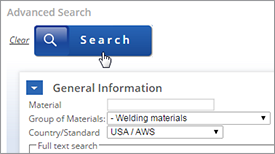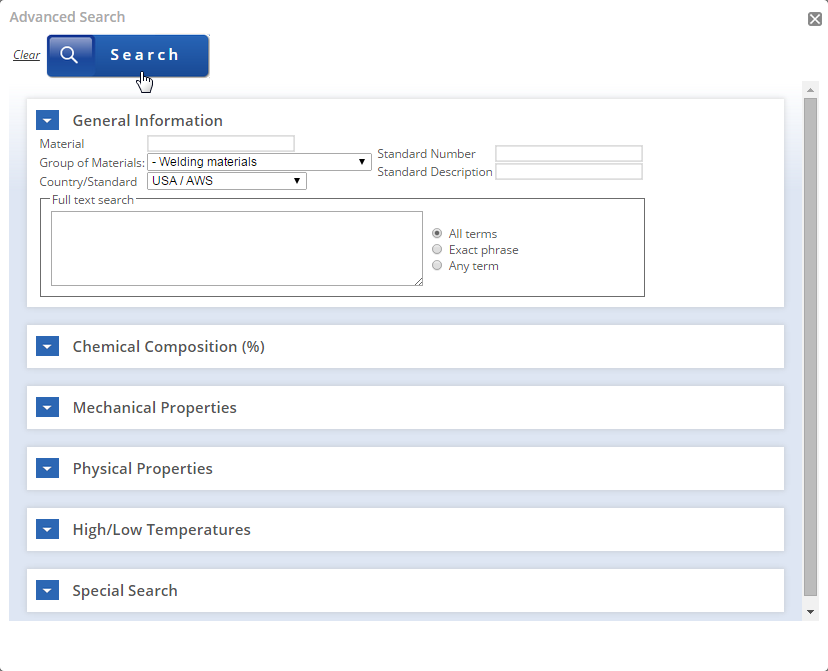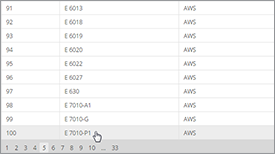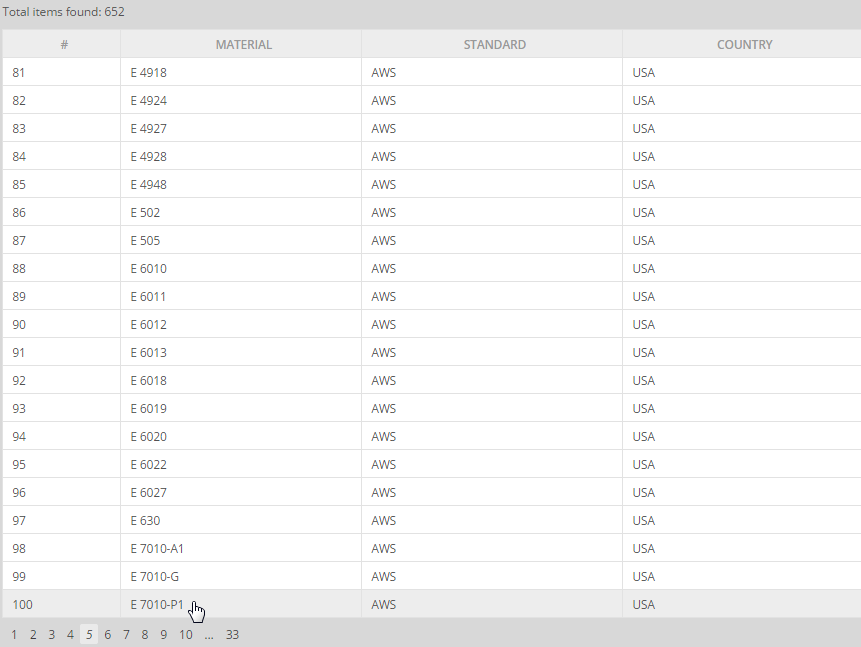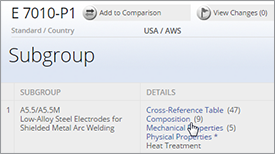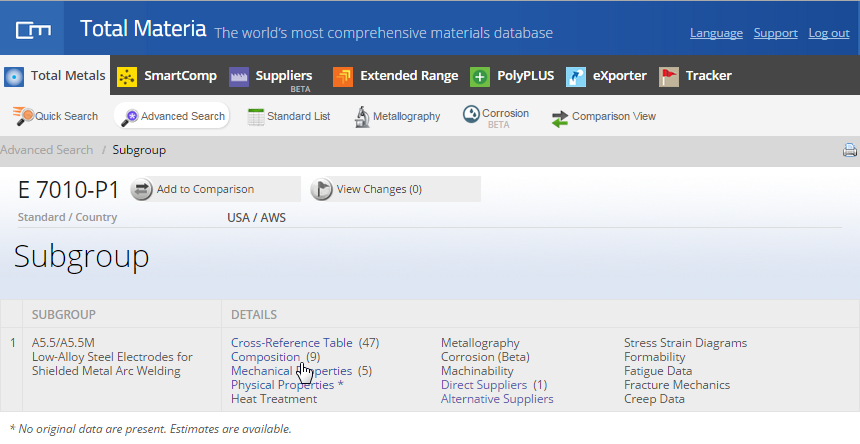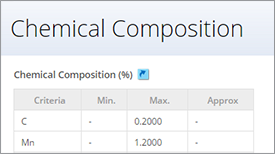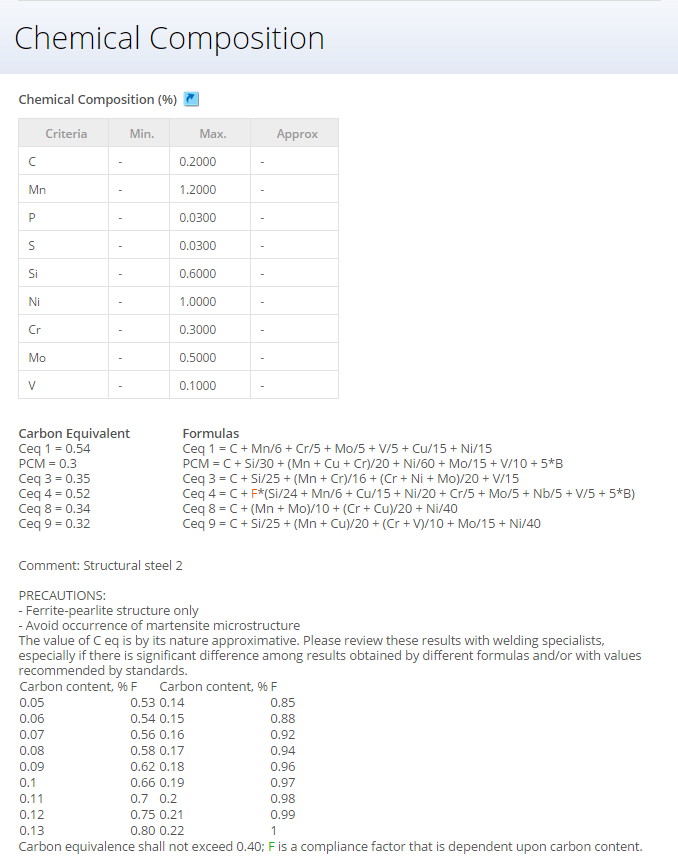Commercially pure titanium and most of titanium alloys can be welded by procedures and equipment used in welding austenitic stainless steel and aluminum. Because of the high reactivity of titanium and titanium alloys at temperatures above 550°C, additional precautions must be applied to shield the weldment from contact with air. Also, titanium base metal and filler metal must be clean to avoid contamination during welding.
Unalloyed titanium and all alpha titanium alloys are weldable. Although the alpha-beta alloy Ti-6Al-4V and other weakly beta-stabilised alloys are also weldable, strongly beta-stabilised alpha-beta alloys are embrittled by welding. Most beta alloys can be welded, but because aged welds in beta alloys can be quite brittle, heat treatment to strengthen the weld by age hardening should be used with caution.
Unalloyed titanium is generally available in several grades, ranging in purity from 98.5 to 99.5% Ti. These grades are strengthened by variations in oxygen, nitrogen, carbon, and iron. Strengthening by cold working is possible but is seldom used. All grades are usually welded in the annealed condition. Welding of cold-worked alloys anneals the heat-affected zone (HAZ) and eliminates the strength produced by cold working.
Alpha alloys Ti-5Al-2.5Sn, Ti-6Al-2Sn-4Zr-2Mo, Ti-5Al-5Sn-2Zr-2Mo, Ti-6Al-2Nb-1Ta-1Mo, and Ti-8Al-1Mo-1V are always welded in the annealed condition.
A1pha-beta alloys of Ti-6A1-4V can be welded in the annealed condition or in the solution-treated and partially aged condition, with ageing completed during postweld stress relieving. In contrast to unalloyed titanium and the alpha alloys, which can be strengthened only by cold work, the alpha-beta and beta alloys can be strengthened by heat treatment.
The low weld ductility of most alpha-beta alloys is caused by phase transformation in the weld zone or in the HAZ. Alpha-beta alloys can be welded autogeneously or with various filler metals. It is common to weld some of the lower alloyed materials with matching filler metals. Filler metal of an equivalent grade or one grade lower is used to ensure good weld strength and ductility. Filler metal of matching composition is used to weld the Ti-6Al-4V alloy. This extra low-interstitial (ELI) grade improves ductility and toughness.
The use of filler metals that improve ductility may not prevent embrittlement of the HAZ in susceptible alloys. In addition, low-alloy welds can be embrittled by hydride precipitation. However, with proper joint preparation, filler-metal storage, and shielding, hydride precipitation can be avoided.
Metastable beta alloys Ti-3Al-13V-11Cr, Ti-11.5Mo-6Zr-4.5Sn, Ti-8Mo-8V-2Fe-3Al, Ti-15V-3Cr-3Al-3Sn, and Ti-3Al-8V-6Cr-4Zr-4Mo are weldable in the annealed or solution heat treated condition. In the as-welded condition, welds are 1ow in strength but ductile. Beta alloy weldments are sometimes used in the as-welded condition. Welds in the Ti-3Al-13V-11Cr alloy embrittle more severely when age hardened. To obtain full strength, the metastable beta alloys are welded in the annealed condition; the weld is cold worked by planishing, and the weldment is then solution treated and aged. This procedure also obtains adequate ductility in the weld.
Welding processes
The following fusion-welding processes are used for joining titanium and titanium alloys:- Gas-tungsten arc welding (GTAW)
- Gas-metal arc welding (GMAW)
- Plasma arc welding (PAW)
- Electron-beam welding (EBW)
- Laser-beam welding (LBW)
- Friction welding (FRW)
- Resistance welding (RW)
Gas-tungsten arc welding is the most widely used process for joining titanium and titanium alloys except for parts with thick sections. Square-groove butt joints can be welded without filler metal in base metals up to 2.5 mm thick. For thicker base metals, the joint should be grooved, and filler metal is required. The heated weld metal in the weld zone must be shielded from the atmosphere to prevent contamination with oxygen, nitrogen, and carbon, which will degrade the weldment ductility.
Gas-metal arc welding is used to join titanium and titanium alloys more than 3 mm thick. It is applied using pulsed current or the spray mode and is less costly than GTAW, especially when the base metal thickness is greater than 13 mm.
Plasma arc welding is also applicable to joining titanium and titanium alloys. It is faster than GTAW and can be used on thicker sections, such as one-pass welding of plate up to 13 mm thick, using keyhole techniques.
Electron-beam welding is used in the aircraft and aerospace industries for producing high-quality welds in titanium and titanium alloy plates ranging from 6 mm to more than 76 mm thick. Because the welding is performed in a high-vacuum atmosphere, low contamination of the weldment is achieved.
Laser-beam welding is increasingly being used to join titanium and titanium alloys. Square-butt weld joint configurations can be used, and the welding process does not require the use of vacuum chambers; gas shielding is still required. This process is more limited than electron-beam welding regarding base metal thickness, which cannot usually exceed 13 mm.
Friction welding is useful in joining tube, pipe, or rods, where joint cleanliness can be achieved without shielding.
Resistance welding is used to join titanium and titanium alloy sheet by either spot welds or continuous seam welds. The process is also used for welding titanium sheet to dissimilar metals, that is, cladding titanium to carbon or stainless steel plate.
Filler material and electrodes
Filler-metal composition is usually matched to the grade of titanium being welded. For improved joint ductility in welding the higher strength grades of unalloyed titanium, filler metal of yield strength lower than that of the base metal is occasionally used. Because of the dilution that occurs during welding, the weld deposit acquires the required strength. Unalloyed filler metal is sometimes used to weld Ti-5A1-2.5Sn and Ti-6A1-4V for improved joint ductility.The use of unalloyed filler metals 1owers the beta content of the weldment, thereby reducing the extent of the transformation that occurs and improving ductility. Engineering approval, however, is recommended when using pure filler metal to ensure that the weld meets strength requirements.
Another option is filler metal containing lower interstitial content (oxygen, hydrogen, nitrogen, and carbon) or alloying contents that are lower than the base metal being used. The use of filler metals that improve ductility does not preclude embrittlement of the HAZ in susceptible alloys. In addition, low-alloy welds may enhance the possibility of hydrogen embrittlement.
Shielding gases in welding titanium and titanium alloys are only argon and helium, and occasionally ? mixture of these two gases is used for shielding. Because it is more readily available and less costly, argon is more widely used.
Electrodes. The conventional thoriated tungsten types of electrodes (EWTh-1 or EWTh-2) are used for GTAW of titanium. Electrode size is governed by the smallest diameter able to carry the welding current. To improve arc initiation and control the spread of the arc, the electrode should be ground to a point. The electrode may extend one and a half times the size of the diameter beyond the end of the nozzle.
